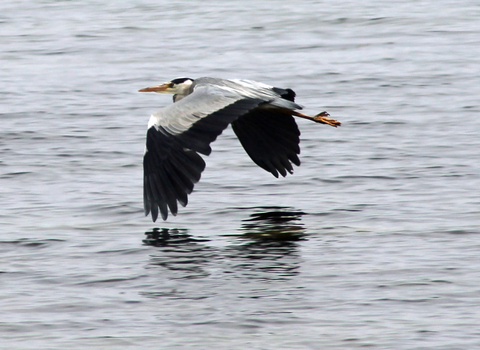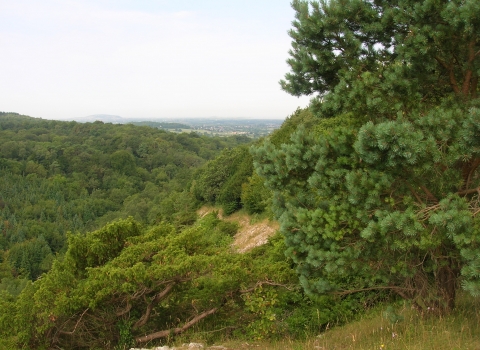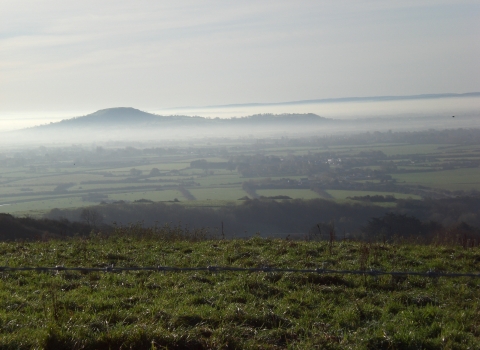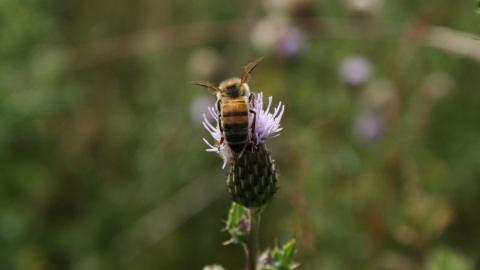
Puxton Moor
Location
Know before you go
Dogs
Dogs are permitted on site, but must be kept on a lead due to the presence of ground-nesting birds and grazing animals on site.
When to visit
Opening times
Open at all timesBest time to visit
April to AugustAbout the reserve
Set within the heart of the North Somerset Levels and Moors, Puxton Moor nature reserve is nearly 70 ha of pasture land networked with species-rich rhynes designated as Sites of Special Scientific Interest SSSI). The whole site is a Site of Nature Conservation Interest (SNCI). The rhynes are full of rare plants such as frogbit and rootless duckweed, along with many scarce invertebrates such as hairy dragonfly and water scorpion.
During the spring and summer the fields are lightly grazed with cattle to provide the correct habitat for ground nesting birds such as skylark. The rhynes contain reed and sedge warblers, and in some areas of the wet scrub lesser whitethroat and reed bunting can be heard. Whimbrel are often seen here on migration during the spring. During the summer dragonflies can be found patrolling the wet ditches. These watercourses will be cleared out on rotation to maintain their interest.
The site consists of two main habitats, species-rich ditches and rhynes and semi-improved agricultural pasture. A smaller area of high value hedgerow habitat is also present on the westernmost edge of the site.
Species-rich ditches/rhynes: The entire rhyne system and ditch edges are designated a Sites of Special Scientific Interest due to the diverse plant and invertebrate communities that they support. 366 species of plant or algae have been recorded on site, of which 65 species are locally or nationally rare, scare or uncommon, including fennel-leaved pondweed Potamogeton pectinatus, Frogbit Hydrocharis morsus-ranae, Rootless Duckweed Wolffia arrhiza, stonewort Chara sp., and whorled water milfoil Myriophyllum verticillatum.
119 invertebrate species have been surveyed on-site. The site hosts a particularly rich assemblage of water beetles, 11 species of which are nationally notable, including Berosus affinis, Cercyon convexiusculus, Cercyon tristis and Haliplus fulvus. There are two locally rare dragonflies, hairy dragonfly Brachytron pratense and Variable dragonfly Coenagrion pulchellum. The diversity of the mollusc fauna is also notable.
Mammals associated with freshwater habitats have also been recorded here, including Daubenton’s bat Myotis daubentoni, otter Lutra lutra and a historical record of water vole Arvicola terrestris (1991).
Semi-improved agricultural pasture: The fields are of little botanical interest but form an important part of the North Somerset Levels and Moors, supporting wading birds such as lapwing Vanellus vanellus and snipe Gallinago gallinago.
The site also contains evidence of Roman habitation and Medieval earthwork.
This site was purchased and managed through support from the Heritage Lottery Fund, ARC, North Somerset Council and public donation.
Contact us
Environmental designation
Circular walk
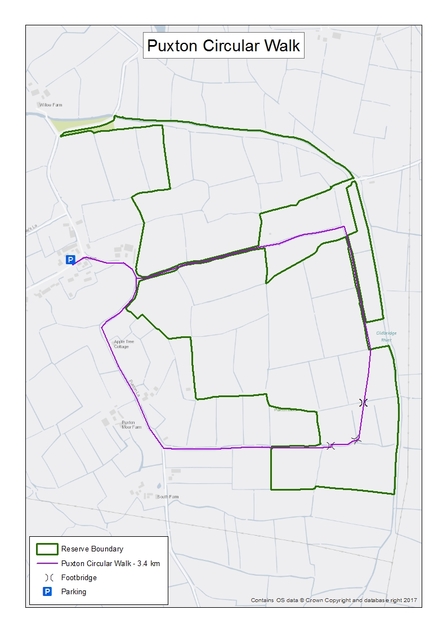
Aprox 3.5km circular walk.
Puxton is a wetland site so can be very wet underfoot particularly following periods of rain.
There is limited road-side parking beside the Holy Saviour’s Church on Puxton Road (BS24 6TF). From here, walk to the end of Puxton Road and turn right onto Puxton Lane. Take care along this narrow road as there is no pavement. Continue past the storage/industrial unit on the left hand side and take the next left down Dolemoor Lane. This lane can get quite wet with large puddles so appropriate footwear is needed and be aware that vehicles also use this lane. As you walk along Dolemoor Lane, the fields on both sides of the lane are part of Puxton Moor nature reserve. Local farmers help us to manage the wet grassland for the benefit of wildlife by putting cattle out to graze in the spring and summer so please keep dogs on a lead when crossing the fields.
As Dolemoor Lane takes a sharp turn to the left, turn right and continue along the tall hedge lined track. This is a good spot for bullfinches which are regularly seen here. At the end of the track take the footpath that runs slightly diagonally across to the far side of the field where the rhyne can be crossed using one of the footbridges installed by the Woodspring Ramblers in 2014. Cross the next field again on a slightly diagonal path and cross the next footbridge over the rhyne on the right hand side. Walk along this field boundary until you reach the next footbridge across the next rhyne. Continue along the top boundary of this field, go through the field gate and continue along the top of the next field until you come out onto the track. Carry on along the track and at the end turn right onto Puxton Lane. Follow Puxton Lane back to the beginning of the walk.

